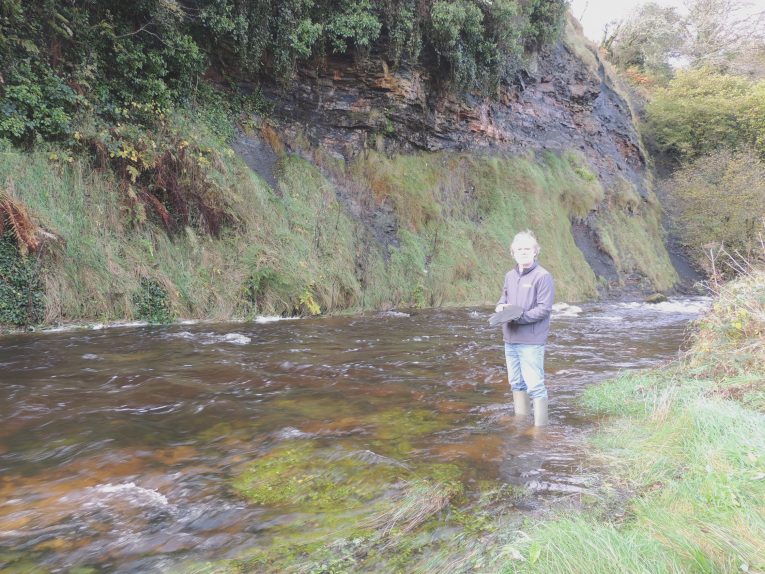The Science of Dating Rocks at Lisdoonvarna, County Clare.
09.11.2021There are two main ways to know the age of a rock; the first is to identify the fossils and compare them with other layers in different places that have the same fossils. This is called biostratigraphy and can give an accurate but relative age, that is it can tell us which layers are older or younger than other layers and by comparing many layers we can build a picture of the relative age of rocks. This is how it was done before the discovery of radioactivity by Henri Becquerel in 1896 and subsequent significant work by Marie and Pierre Curie.
In 1905, New Zealander Ernest Rutherford realized that a peculiar radioactive property which causes the amount of the radioactive element uranium to decrease at a regular rate over very long time periods of time while transforming into different ‘daughter’ elements could be used to give actual dates to the age of rocks. Since that time, it is known that many different radioactive materials decay at different rates, the most famous of which is Carbon14, first proposed for use in dating archaeological materials in 1946 by American physical chemist Willard Libby.
New methodologies refined in Ireland
Recently a new scientific method has been used to determine the age of a layer of rock just outside Lisdoonvarna, Co. Clare. This project lead by Gary O’Sullivan of UCD with input from Earth and Ocean Science Department of NUIG, used a new technique developed by UCD School of Earth Sciences at University College Dublin, in collaboration with the Irish Research Council, Trinity College Dublin and iCRAG Science Foundation Ireland Research Centre for Applied Geosciences.
The project used the same basic ideas as Rutherford but uses different minerals and much more advanced equipment. Rocks rich in the mineral phosphate are known as phosphorites and they usually contain relatively high amounts of uranium. The phosphate and uranium are contained in the mineral apatite. All vertebrates, including us, contain varieties of apatite in our bones and teeth.
In certain geological circumstances, often where there is an abundance of fish bone or teeth, the mineral is formed on the seafloor and when it forms it traps uranium, but not lead. So, as lead is one of the breakdown products of uranium, any lead found in the mineral will have been produced by the radioactive breakdown of the uranium.
After the rock sample was collected from Lisdoonvarna the amount of uranium and lead present was detected by Laser-Ablation Quadrupole Inductively-Coupled-Plasma Mass Spectrometry (LA-Q-ICPMS). This involves a laser vaporising the surface of the mineral (in a sealed airtight container), the aerosol produced is then atomised and ionised in a plasma and then the different components (atoms/ions) are detected by the mass spectrometer, based on their weight and charge.

Caption: Geopark geologist Dr. Eamon Doyle at the location near Lisdoonvarna where the rocks were sampled.
Once the amounts of uranium and lead were known it was possible to calculate how long it would take for that amount to be present in the rock based on the known production rate. This provided a date of 321 million years old. This was in quite close agreement with the previous age which had been estimated most recently by using fossils known as conodonts, and before that from fossils known as ammonoids. So, we now know exactly how old the rocks at Lisdoonvarna are.
When you travel across north Clare in future, south of Lisdoonvarna (for example at the Cliffs of Moher) the rocks are younger than 321 million years old because they are on top of the phosphorite layer, while the limestones to the north (for example at Fanore Beach) are older because those rocks are under the phosphorite layer.
To learn more about dating rocks and Geology, why not sign up to one of two insightful Geology courses. Find out more here